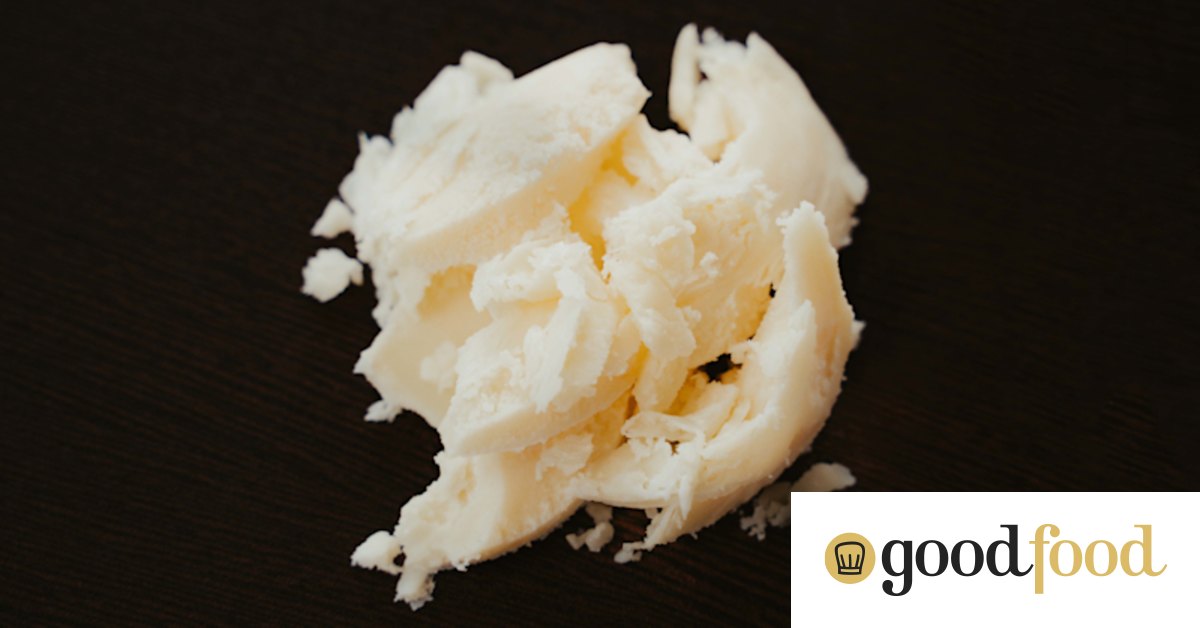Beef Tallow: The Retro Fat Making a Comeback – Is It Good For You?

Beef tallow, once relegated to the history books of cooking fats, is experiencing a surprising resurgence. From artisan kitchens to beauty routines, this rendered beef fat is popping up everywhere. But is this nostalgic ingredient a genuine wellness trend, or just a fleeting fad? Let's delve into the reasons behind beef tallow's comeback, its potential benefits, and whether it deserves a place in today's health-conscious Irish society.
The Tallow Trend: Why Now?
For decades, beef tallow was largely replaced by vegetable oils, often demonized as a contributor to heart disease. However, a growing movement is challenging conventional wisdom. Several factors are fueling this revival:
- Flavour Revival: Chefs and home cooks are rediscovering the rich, savoury flavour that beef tallow imparts to dishes, particularly in traditional recipes. Think perfectly crispy roast potatoes or beautifully browned steaks.
- Wellness Content Creators & 'Skinfluencers': A new wave of wellness enthusiasts are touting beef tallow as a natural and effective skincare ingredient, citing its moisturizing and protective properties.
- Traditional Food Movement: There's a broader trend towards embracing traditional food preparation methods and ingredients, seen as more wholesome and connected to our heritage.
- Sourcing & Sustainability: Increasingly, tallow is being sourced from grass-fed, pasture-raised cattle, appealing to consumers seeking ethically produced food.
Nutritional Profile & Potential Benefits
Let's be clear: beef tallow is a fat. It's primarily composed of saturated fat, which has historically been linked to negative health outcomes. However, recent research is painting a more nuanced picture. Here's a breakdown:
- Saturated Fat: While high in saturated fat, the type of saturated fat in tallow (primarily stearic acid) is often metabolized differently than other saturated fats, potentially having a less detrimental impact on cholesterol levels.
- Conjugated Linoleic Acid (CLA): Tallow is a source of CLA, a fatty acid that has been linked to potential health benefits like improved immune function and reduced body fat (though more research is needed).
- Vitamins & Minerals: It contains fat-soluble vitamins like A, D, E, and K, which are essential for various bodily functions.
Beef Tallow in Skincare: A Natural Moisturizer
Beyond the kitchen, beef tallow is gaining popularity in skincare. Its composition closely resembles the natural oils produced by our skin, making it a highly effective moisturizer. It forms a protective barrier, helping to lock in moisture and protect against environmental damage. Many 'skinfluencers' swear by its ability to soothe dry, irritated skin and improve overall skin health.
The Irish Perspective: Moderation is Key
As with any dietary or skincare ingredient, moderation is crucial. While beef tallow offers potential benefits, it's still a high-fat food. For Irish consumers, incorporating it into a balanced diet and skincare routine, alongside a variety of other healthy choices, is key. Consider sourcing high-quality, grass-fed tallow to maximize nutritional value and minimize potential concerns.
Conclusion: A Revival with Caveats
Beef tallow's comeback isn't just a nostalgic whim; it reflects a growing interest in traditional foods, sustainable sourcing, and a more nuanced understanding of nutrition. While it's not a miracle cure, its flavourful properties and potential skincare benefits make it a worthy addition to some kitchens and skincare routines – as long as it's enjoyed responsibly and in moderation. Will it become a permanent fixture in Irish households? Only time will tell.





